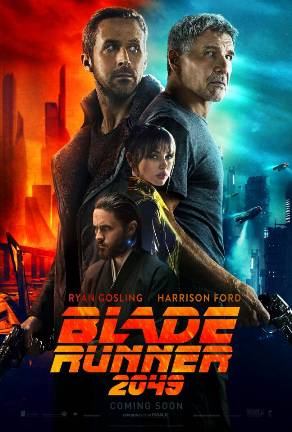 Katharine Hepburn is known as one of the great actress of the golden age as well as a feminist icon. And she earned those reputations by many fantastic, meaningful, and politically relevant films. Unfortunately she made as many horrible and backward ones. Well, that happens, but for this list of her best, I’ll be avoiding the many dripping melodramas, sexist films, and her portrayal of a brave Chinese woman.
Katharine Hepburn is known as one of the great actress of the golden age as well as a feminist icon. And she earned those reputations by many fantastic, meaningful, and politically relevant films. Unfortunately she made as many horrible and backward ones. Well, that happens, but for this list of her best, I’ll be avoiding the many dripping melodramas, sexist films, and her portrayal of a brave Chinese woman.
Which, for an actress who could excel in drama, leaves me with a lot more comedies. I first saw her in a comedy, so that’s fitting. She worked frequently with Cary Grant, with whom she had marvelous chemistry, and even more frequently with her off-screen love (their semi-secret affair lasted nearly thirty years), Spencer Tracy. They made nine films together.
An honorable mention to Guess Who’s Coming to Dinner, a movie that is far more important than it is good.
Her 8 best, starting with #8:
8 – Pat and Mike (1952) – The second Hepburn/Tracy film, it tries to wave a feminist flag, but in 2017, it feels like it does the opposite. Still, it has some funny moments. The first of four films directed by George Cukor on this list. [Also on the Spencer Tracy list]
7 – Adam’s Rib (1949) – Another Hepburn/Tracy film, this one setting them as competing lawyers. The best bits come from a young Judy Holliday as the defendant who shoots her unfaithful husband. The second Cukor film here. [Also on the Spencer Tracy list]
6 – Bringing Up Baby (1938) – THE iconic screwball comedy sees the nearly sociopathic Hepburn tricking the drab Cary Grant into helping her retrieve her leopard.
5 – Desk Set (1957) – A romantic comedy with middle-aged characters for a change. It’s Hepburn and Tracy again. This time she’s a genius and he’s an eccentric tech guru. It’s a Christmas movie and delightful. [Also on the Spencer Tracy list]
4 – Holiday (1938) – Often overlooked, this Hepburn/Grant romantic comedy has always been a favorite of mine. It is more serious than most of her screwball work or her Tracy romcoms. Grant plays a vunderkin who’s set to marry the good sister of a high society family, but he wants more than money which doesn’t go over well with the family, except for black sheep Hepburn. The third Cukor film on this list; the last is at #1. (Full Review) [Also on the Cary Grant list]
3 – The Lion in Winter (1968) – A wonderful adaptation of a play about the yearly meeting of the fascinating family of Henry II. In addition to Hepburn, it stars Peter O’Toole, Anthony Hopkins (as Richard the Lion Heart), Nigel Terry (as John), and Timothy Dalton (as Philip of France). Every line is wonderful.
2 – The African Queen (1951) – I’ve already mentioned this one on my best Humphrey Bogart film list. What’s more to be said at this point? It is brilliant and moving. [Also on the Humphrey Bogart list]
1 – The Philadelphia Story (1940) – Yes, I’m topping her two great dramas with a comedy. This is the essential romcom, and was the perfect vehicle for its three leads, Hepburn, Jimmy Stewart, and Cary Grant. None of them ever had a role that more completely played to their strengths. This is as witty as film gets. [Also on the Cary Grant list and the James Stewart list]
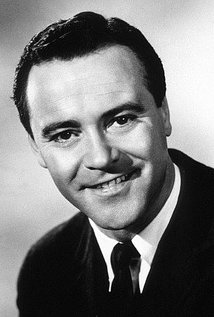 I made a list for
I made a list for 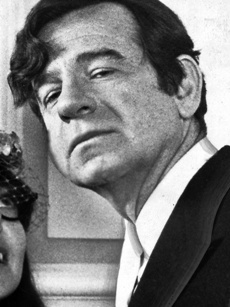 I watched the wonderful Hopscotch last night, which made me think of all the great Walter Matthau films and how likely it is that some of my friends haven’t seen them. Matthau’s film career started with him stuck in villain roles. For the gruff actor, that seems the natural fit, but it wasn’t. He was adequate in those roles, but didn’t stand out.
I watched the wonderful Hopscotch last night, which made me think of all the great Walter Matthau films and how likely it is that some of my friends haven’t seen them. Matthau’s film career started with him stuck in villain roles. For the gruff actor, that seems the natural fit, but it wasn’t. He was adequate in those roles, but didn’t stand out.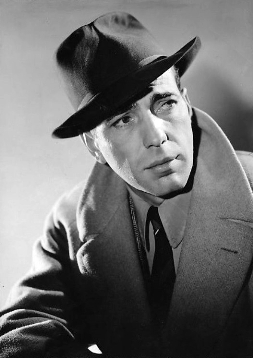 After a lackluster film day, I decided it was time to go to the best of the best. Bogart is the undisputed king of motion pictures. He is the greatest movie star of all time. Yes, he is a somewhat limited actor, and when he stretched, things could get weird (his effeminate, bunny-petting vampire in
After a lackluster film day, I decided it was time to go to the best of the best. Bogart is the undisputed king of motion pictures. He is the greatest movie star of all time. Yes, he is a somewhat limited actor, and when he stretched, things could get weird (his effeminate, bunny-petting vampire in 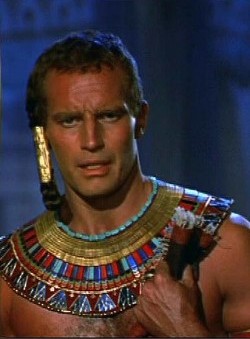 This one is by request.
This one is by request.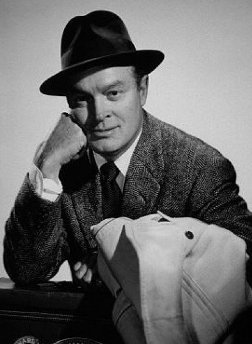 Sure, I’m still doing these–and one I was working on required some re-watching, so I went with Hope for today. Bob Hope was such a dominant comedian when I was a kid that is is bizarre to see how he is slipping from public consciousness. He also wan’t a very good comic when I was young, but he had been, years earlier. In the ’40s he was one of the best, producing a string of hysterical films. He’d been a stage and radio comic first, and that background was always with him. His routine was always verbal, and quick. His weak spot was one shared by many of the other comics and teams–he was repetitive. He always played more or less the same guy and did more or less the same jokes. They generally worked, but it makes a Hope marathon a bad idea. But then he had reason to keep doing the same thing–it worked, at least for a time. His better films tended to fall into three groupings: the Road pictures with Bing Crosby and Dorothy Lamour; the “My Favorite” pictures where he was mistaken for a spy or PI and got mixed up in espionage; his period costume comedies, which usually had people again mistaking him for someone important.
Sure, I’m still doing these–and one I was working on required some re-watching, so I went with Hope for today. Bob Hope was such a dominant comedian when I was a kid that is is bizarre to see how he is slipping from public consciousness. He also wan’t a very good comic when I was young, but he had been, years earlier. In the ’40s he was one of the best, producing a string of hysterical films. He’d been a stage and radio comic first, and that background was always with him. His routine was always verbal, and quick. His weak spot was one shared by many of the other comics and teams–he was repetitive. He always played more or less the same guy and did more or less the same jokes. They generally worked, but it makes a Hope marathon a bad idea. But then he had reason to keep doing the same thing–it worked, at least for a time. His better films tended to fall into three groupings: the Road pictures with Bing Crosby and Dorothy Lamour; the “My Favorite” pictures where he was mistaken for a spy or PI and got mixed up in espionage; his period costume comedies, which usually had people again mistaking him for someone important.

